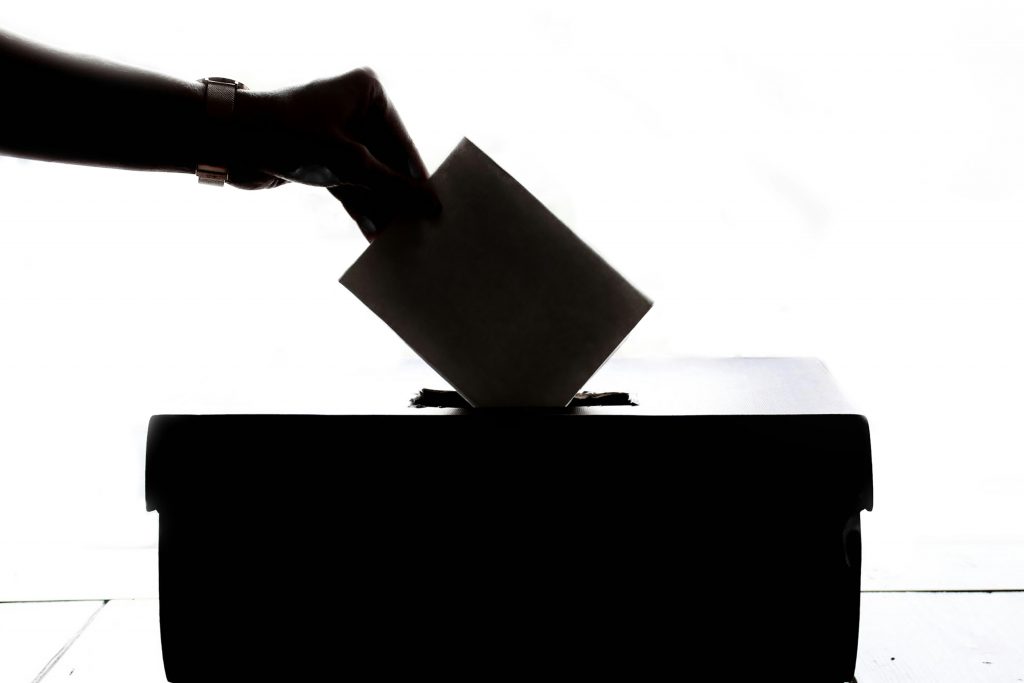By Kent Yang | Staff Writer

Since the inception of the United States in 1776, elections have been essential for choosing the next president. From colonial times until the late 19th century, elections were held, and votes were cast orally at courthouses. Presidents such as George Washington, Thomas Jefferson, and Abraham Lincoln were elected this way. However, this changed with the invention of the Acme Voting Machine.
The Acme Voting Machine was invented in Bridgewater, Connecticut, around 1880 to prevent voter fraud. With its open-slot box design, crank lever mechanism, and tabulator, it offered voters an honest, secure and reliable way to cast their votes. In the following years, it was reported that election officials would tear or mark ballots, making them invalid. This issue prompted the invention of the Lever Style Voting Machine in Lockport, New York. By pulling down its levers, the machine locked votes to prevent tampering, while also making the process faster and more accurate. While it was effective and efficient for its time, its maintenance was complex and it had limitations, such as only being able to tally votes internally rather than producing a verifiable record of each individual vote.
In 1961, Martin A. Coyle developed the Coyle Voting Machine in Ohio, which used an electronic hole punch system. Voters received a ballot card with the candidate’s name, and the machine punched a hole to indicate their selection, ensuring their vote was correctly recorded. Despite this innovation, the Coyle was too heavy, expensive at $650 (equivalent to $6,854 today), and lacked privacy curtains, a feature of the Lever Style machine.
The Votomatic Punch-Card System, created by Joseph P. Harris in 1965, replaced the Coyle machine. The Punch-Card System only weighed 6 pounds and came at a cost of $185 per unit. Punch card voting systems would become the most common method of voting to date. However, after widespread criticism in the early 2000s during the U.S. presidential election, the Help America Vote Act (HAVA) established voting standards and encouraged states to replace the punch card system with newer technologies, such as Direct Recording Electronic (DRE) systems and optical scanners.
Today, voters typically use Direct Recording Electronic (DRE) systems or optical scanners. DRE voting systems were developed and introduced by several manufacturers in the 1970s, but they didn’t become widely used until after the “Hanging Chads” controversy during the 2000 U.S. presidential election.
How do DREs and Optical Scanners work? DRE systems utilize touch-screen monitors that allow voters to input their votes in this manner. Meanwhile, optical scanners require voters to mark and fill in their selections on a ballot. Those ballots are then hand-fed or batch-fed into an optical scanner, which records the results. After the 2020 U.S. presidential election, certain DRE systems were criticized for touch-screen calibration issues and security vulnerabilities.
As history shows, criticism often creates opportunities for the invention of newer and more robust systems. The evolution of voting technology will continue to advance as citizens of the United States continue to identify flaws and vulnerabilities in the current system to ensure a fair, honest, and accurate voting process. Understanding the technologies in use and ensuring they uphold democratic values is crucial for the future of voting in the United States.
Comments are closed.